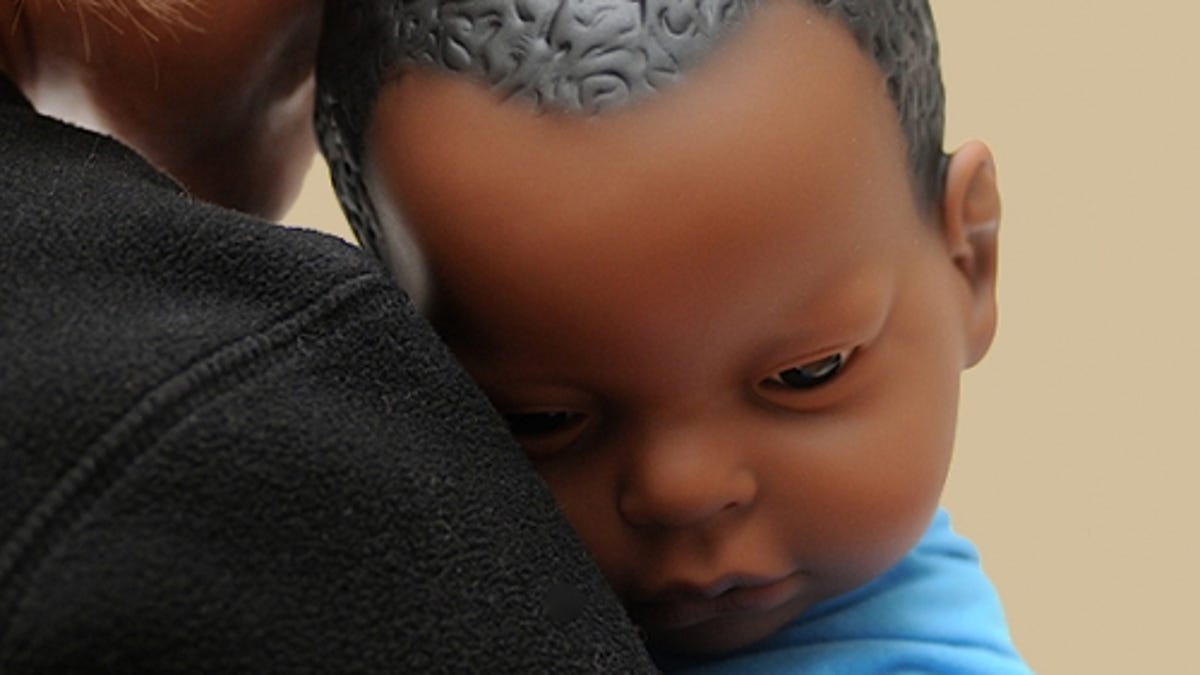Robo-baby contraception attempt leads to increase in teen pregnancy rates
The use of infant simulators to educate teens about contraception is having the opposite effect, with pregnancy rates up among girls who attend the programs.
Around the world, technology is being deployed as a tool to try to teach girls to use contraception. More specifically, a program using an "infant simulator" (or robotic baby) is used to teach teen girls about the harsh realities of motherhood. Over the last decade, the use of this program has exploded -- it's now in 89 countries. But a new study published today in The Lancet reveals that the robo-babies aren't working as hoped.
A study that followed 2,834 girls from 57 randomly selected schools in the state of Western Australia found that girls who participated in this program had significantly higher rates of pregnancy.
"Our study shows that the pregnancy prevention programme delivered in Western Australia, which involves an infant simulator, does not reduce the risk of pregnancy in teenage girls. In fact, the risk of pregnancy is actually increased compared to girls who didn't take part in the intervention," said lead author Sally Brinkman of the University of Western Australia Telethon Kids Institute in a statement.
The girls were divided into two groups. The first group of 1,267 of girls aged 13-15 participated in the program. The second group of 1,567 girls acted as a control. All girls gave permission to be followed up via their medical records to the age of 20.
The girls participating in the program were each given a RealityWorks infant simulator to take home and care for from Friday afternoon to Monday, when they would return the baby. It was programmed to act like a real six week-old infant, requiring feeding and changing, and crying when these needs weren't met.
The results of the study revealed that 168 (11 percent) of the girls in the control group got pregnant in their teen years, compared to 210 (17 percent) of the girls who attended the program. The control group saw 101 terminations and 67 births; the study group saw 113 terminations and 97 births. Overall, the study group was more likely to get pregnant and then carry that pregnancy to term than the control group of girls.
The reasons for this are not yet clear. Possible factors include positive attention the girls received while looking after the robo-babies. Often the families of the girls would turn looking after the simulator into a family project, and some girls became quite attached to the simulators, to the point where, Brinkman said, the program managers considered bringing in counsellor to help separate the girl from the robot.
"The cure for teenage pregnancy is more difficult than a magic doll," wrote Julie A Quinlivan of the University of Notre Dame's Institute of Health Research in a comment for The Lancet. "We have to address both mothers and fathers. Programmes need to start in infancy. Investment in vulnerable children is needed to entice these adolescents from the path of premature parenthood into brighter futures. We cannot afford the quick fix, especially when it doesn't work."


